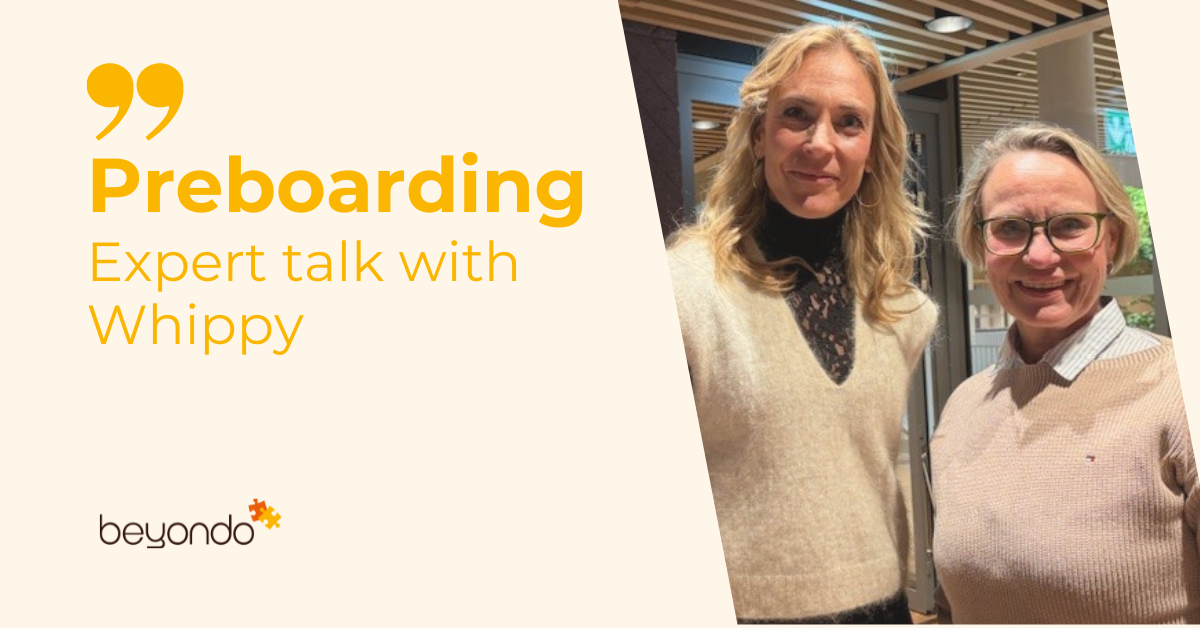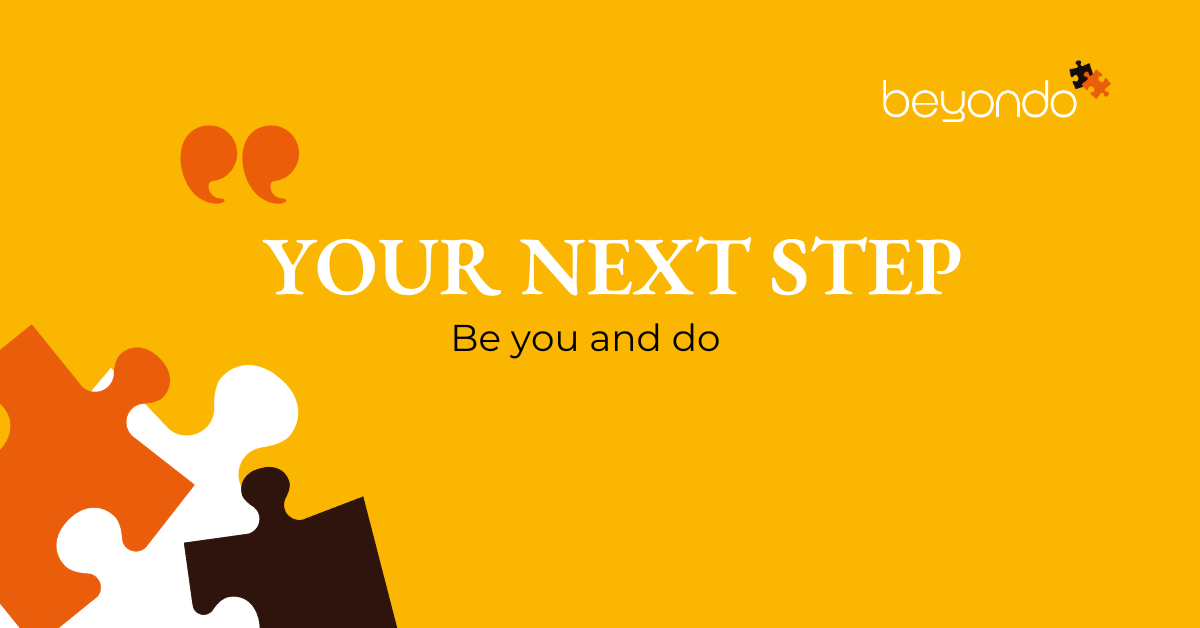Someone just said yes to your job offer. That final interview paid off, the contract’s signed, and everyone agrees—they’re the right fit. But between now and their first day, there’s a gap. It might be a week, a month, or more. What happens during that space of time?
Here’s the reality: One in five candidates doesn’t show up on their first day—even after accepting a job offer. With a thoughtful preboarding process, more organisations can turn that statistic around—and avoid wasting time, energy, and money before day one even begins. In this article, we break down the essentials and share actionable tips to create a preboarding process that sets everyone up for success.
 We have teamed up with Paulin Larsen Berglöf , Manager and expert in all matters related to preboarding, onboarding, and offboarding at Whippy.
We have teamed up with Paulin Larsen Berglöf , Manager and expert in all matters related to preboarding, onboarding, and offboarding at Whippy.
What Is Preboarding?
Preboarding is the time between when a new hire signs their employment contract and their official first day at work. While onboarding begins on day one in the office, preboarding happens remotely and prepares the new hire in advance, practically, emotionally, and culturally.
This period is often overlooked. Yet, it's a crucial moment when new employees are excited and eager to engage, but also vulnerable to second thoughts.
Why Preboarding Matters
Reduce First-Day Anxiety
Starting a new job can be stressful. A well-structured preboarding process offers reassurance and clarity by sharing practical information ahead of time — things like first-day schedules, office access, dress code, or how to set up payroll. When employees know what to expect, they arrive more confident and focused.
Save Time with Early Admin
Get paperwork and logistics out of the way before the start date. From signing contracts and reviewing policies to setting up system access and ordering equipment, preboarding clears the path so the first day can focus on connection and productivity.
Keep New Hires Engaged
Radio silence between contract signing and day one can make new hires feel forgotten — or worse, question their decision. Preboarding keeps the momentum going with regular check-ins, welcome messages, and opportunities to connect with future colleagues or managers.
Prevent “Ghosting”
It's becoming increasingly common for candidates to accept a job offer and then disappear without a trace. In fact, 78% of job seekers ghosted at least one employer in 2023, and 83% of employers say they've experienced it firsthand.
By showing candidates they’re valued and supported from the start, you're far more likely to keep them committed all the way to day one—and beyond.

What Should a Preboarding Program Include?
A good preboarding experience is a mix of practical preparation, emotional reassurance, and relationship building. Here’s what to focus on:
- Welcome messages from the team or leadership.
- Information packages with key policies, company values, or FAQS.
- Team introductions, such as LinkedIn connections and coffee invites.
- Checklists for both the employee and the manager to stay aligned.
- Interactive elements, like short videos or virtual tours, to get familiar with the culture.
Benefits for Employers
- Boost retention: Engaged hires are more likely to stick around.
- Stand out from competitors: A thoughtful preboarding experience shows that you care about your people from day one.
- Strengthen employer brand: Employees talk, and a great experience gets shared.
- Support managers: Give leaders tools to build relationships early and lead with clarity.
Don’t Let the Silence Speak for You
Preboarding isn’t just a “nice to have”; it’s a strategic opportunity to make a lasting first impression. It helps new hires feel welcomed and excited before they even step through the door. And for employers, it’s a powerful way to boost engagement and build a stronger team from day one.
"So ask yourself: What happens after someone signs your offer, but before they arrive?
If the answer is “nothing”, — it’s time to rethink your preboarding game."



.png)